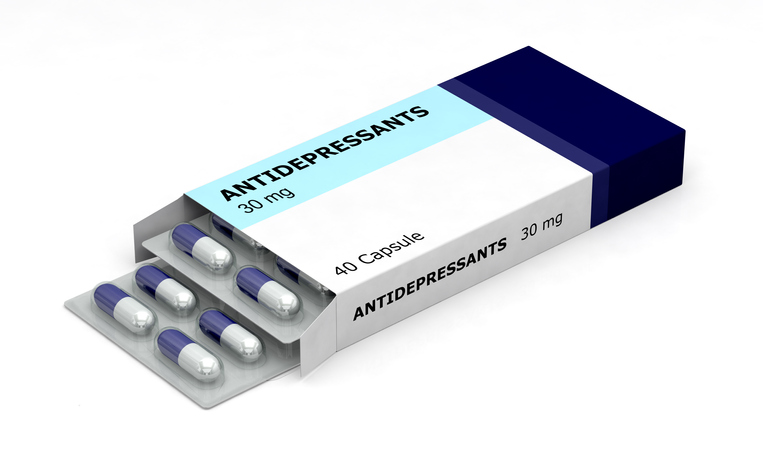Treatments
Who Is a Good Candidate for Trigger Point Injections (TPI)?
Source: WebMD, Mayo Clinic, Center For Disease Control and Prevention, National Center for Biotechnology Information: U.S. National Library of Medicine: National Institutes of Health, Cleveland Clinic, National Center for Biotechnology Information: U.S. National Library of Medicine: National Institutes of Health

1 person found this helpful
Print
Share
Save
What are trigger point injections?
Trigger points are painful “knots” — hard, palpable nodules — that can form in muscles. They develop when a muscle is unable to relax and are sore or painful when pressed. A trigger point injection (TPI) involves injecting a local anesthetic or saline into the trigger point to decrease pain. The injection may also contain a corticosteroid.
Who is a good candidate for trigger point injections?
Good candidates for trigger point injections include individuals with any of the following conditions:
- Muscle cramps or spasms are involuntary muscle contractions that fail to properly relax. They can result in mildly uncomfortable twitches or intense cramps that are extremely painful. Muscle spasms commonly occur in the arms, legs, hands, feet and abdomen; however, any muscle in the body can spasm. This may occur due to stress, dehydration, muscle overuse, or nerve damage.
- Fibromyalgia is a chronic pain syndrome that causes widespread muscle pain (myalgias) and joint pain (arthralgias). Pain symptoms can include areas that experience hyperalgesia (heightened pain sensitivity) and allodynia (pain from stimuli that is usually not painful). The pain with fibromyalgia typically occurs both above and below the waist and on both sides of the body. In addition to pain, fibromyalgia can cause sleep disturbances, fatigue, depression, anxiety, brain fog, and digestive problems.
- Myofascial pain syndrome is a chronic pain condition in which sensitive knots (trigger points) develop in one or more muscles. Deep, radiating muscle pain is experienced when pressure is placed on the area. The muscle may twitch if the trigger point is palpated; this is known as a twitch response. This syndrome typically occurs after a muscle is persistently contracted. It can be caused by repetitive muscle use, such as performing certain jobs or hobbies, or by stress-related muscle tension.
- Headaches, both primary and secondary that have trigger points present, can be treated with trigger point injections. When used to treat headaches, trigger point injections may be given in the trapezius muscle (from the base of the neck, across the shoulders, to the middle of the back), sternocleidomastoid muscle (the neck area), or temporalis muscles (closes the jaw).
Who should not have trigger point injections?
Trigger point injections are not recommended for individuals with the following:
- Trypanophobia (phobia of needles)
- Severe fibromyalgia
- A history of keloid formation (overgrowth of scar tissue)
- Active infection at the injection site
- Local open skull defect
- Unsafe accessibility of injection area
- Uncontrolled psychiatric disorders
Caution for receiving trigger point injections?
Extra caution should be taken for individuals with certain conditions, which include the following:
- Allergies to local anesthetics
- Anticoagulation therapy
- Pregnant
- Anatomical landmarks are indistinguishable


















